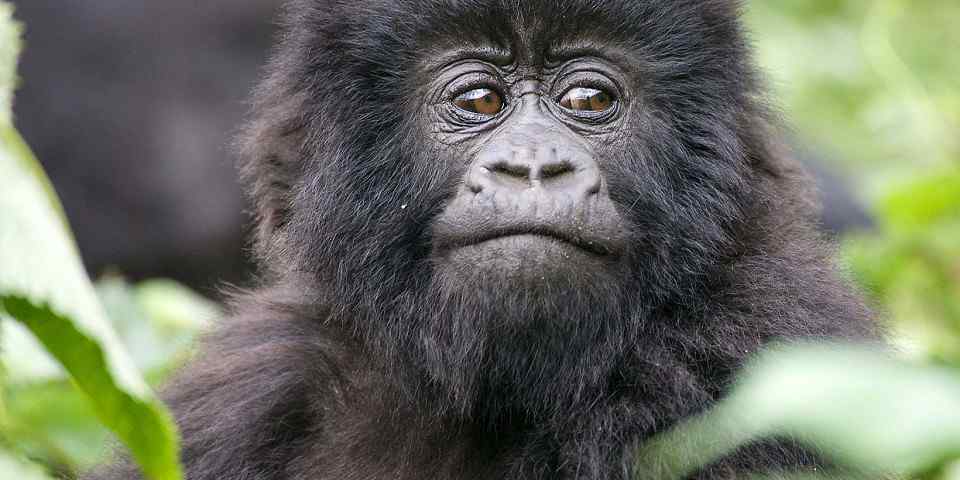
Safari Tours to Kibale NP
-
![7-Day Uganda Safari Highlights]()
7-Day Uganda Safari Highlights
$4,699 to $7,599 pp (USD)
Rwanda & Uganda: Private tourLuxuryLodge
You Visit: Entebbe (Start), Kibale NP (Chimps), Queen Elizabeth NP, Kazinga Channel (Queen Elizabeth NP), Bwindi Impenetrable NP (Gorillas), Kigali (End)

Wayfairer Travel
4.8/5 – 182 Reviews
-
![8-Day Uganda Luxury and Big Five Wildlife Safari]()
8-Day Uganda Luxury and Big Five Wildlife Safari
$4,996 to $5,106 pp (USD)
Uganda: Private tourLuxuryLodge & Hotel
You Visit: Entebbe (Start), Kibale NP (Chimps), Queen Elizabeth NP, Bwindi Impenetrable NP (Gorillas), Entebbe Airport (End)

Pamoja Tours and Travel (Entebbe, UG)
4.8/5 – 59 Reviews
-
![14-Day Uganda Gorilla Chimpanzees and Wildlife Safari]()
14-Day Uganda Gorilla Chimpanzees and Wildlife Safari
$4,070 pp (USD)
Uganda: Private tour
Mid-range Lodge & Tented CampYou Visit: Entebbe (Start), Sipi Falls (Highlight), Kidepo Valley NP, Murchison Falls NP, Ziwa Rhino Ranch, Kibale NP (Chimps), Queen Elizabeth NP, Bwindi Impenetrable NP (Gorillas), Lake Bunyonyi, Lake Mburo NP, Entebbe (End)

Dav Safaris
4.9/5 – 112 Reviews

 Uganda Parks
Uganda Parks












